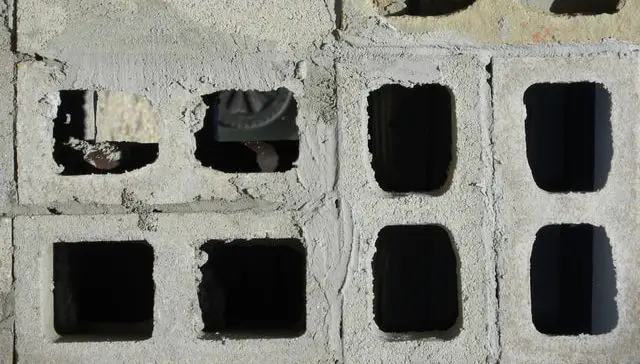For most of the buildings and structures around the world, concrete is still a necessary component to give stability and strength. But with the increasing demand for this material, more and more CO2 is getting emitted into the atmosphere. One of the main parts of concrete is cement. This material alone is responsible for 7% of the global industrial energy use and 7% of global CO2 emissions.
In order to fight the current climate crisis, new methods and technologies must be found that can be beneficial for the environment as well as the real estate industry. While there are some new building materials becoming more popular, there are also inventions that transform the way traditional ones are used.
One of these new technologies is called “Carbon Curing”. This process might be able to keep concrete as a construction material, just way more sustainable and environmentally friendly.
What is Concrete Carbon Curing?
Concrete Carbon Curing is a process in which CO2, which is captured from other industries, and steam get injected in the concrete mixture during its manufacturing phase. As a result, the CO2 forms into a mineral and cannot be rereleased, even when the concrete gets destroyed. This process helps to reduce the overall emissions of concrete and make it more environmentally friendly.

How does Carbon Curing work?
The carbon curing process is not that different from the normal concrete manufacturing procedure. It is more of an add-on, rather than a complete redevelopment.
The first step is to mix cement with water, sand and an aggregate. After a certain amount of the raw materials has been blended together, the carbon curing software and the CO2 tank come into action. They add the CO2, which has been sourced from other industries that emit it, as well as steam at the same time to the concrete mixture.
In the second step, once the CO2 and the concrete come into contact, a chemical reaction is happening that forms a new mineral called “Calcium Carbonate”.
The last step of concrete carbon curing is to let the final product harden. This can either happen directly at the construction site of the building or can also be performed in a controlled environment for the purpose of pre-cast concrete.
Now, even if the house or structure gets demolished at some point in time, the CO2 will not be re-released, as it is turned into a solid mineral.
Benefits
Next to the obvious benefits for the environment, there are other positive aspects that one might not expect to see from the carbon curing process.
Reduce the Carbon Footprint of Concrete
The main goal of this new technology is to make concrete more environmentally friendly. This is done by using CO2 emitted from other industries and injecting it into concrete so that it will never be released again into the atmosphere. There are a few companies and startups that create this type of concrete, such as CarbonCure or Aramco. The first one has set the goal to save up to 500 megatonnes of CO2 emissions annually by 2030.
Stronger Concrete
Thanks to the new mineral that has formed in the concrete mixture, it is also stronger than the regular version.
Faster to Cure
Not only is the carbon curing process making the material tougher, but it is also able to achieve this state in a fraction of the curing time. While normal concrete takes up to 28 days to harden and reach its full strengths, carbon cure concrete can get to this level in just 3 days.
Reduced Costs
With the new characteristics of this building material, it is also cheaper to produce as the amount of cement can be reduced in the mixture. Usually, cement is used as a sort of “glue” for the concrete to make it strong, but since the mineral “Calcium Carbonate” is now included in the structure of the concrete, it is naturally tougher.
Increase Revenues
There are different initiatives and programmes around the globe that aim at distributing credits to companies that reduce their CO2 emissions. Carbon removal credits or CO2 certificates can be traded and thus benefit the business by creating an additional revenue stream.

Conclusion
Concrete carbon curing can transform the way concrete is manufactured and used in the construction industry. By injecting CO2 that has been emitted by other companies, it can be converted into a new mineral that makes the building material stronger, faster to produce, and less costly. The main benefit of the carbon curing process is that it reduces the overall carbon footprint of concrete and thus helps the environment.
If you want to learn more about sustainability, green buildings, smart cities and PropTech, feel free to take a look at our other blog articles.

